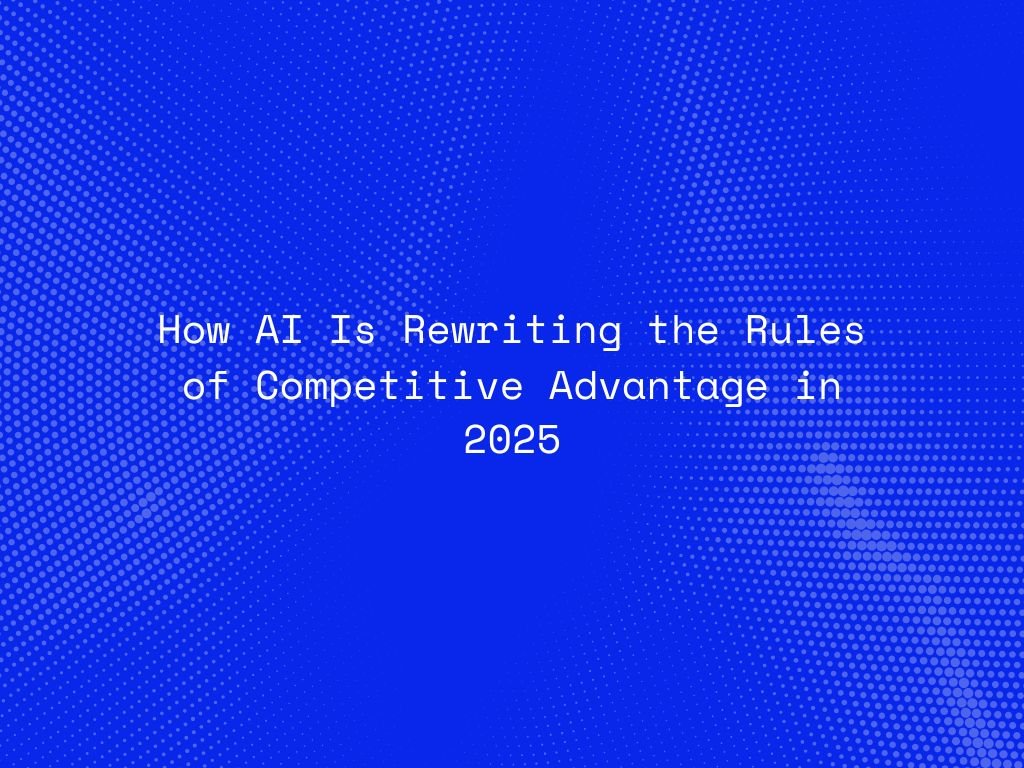In 2025, voice interfaces are no longer just a novelty; they’re becoming a core part of how businesses operate. What started with virtual assistants like Alexa and Siri has evolved into highly intelligent, business-grade conversational AI systems capable of understanding context, executing complex workflows, and integrating seamlessly with enterprise platforms. This shift is not just about convenience—it’s about redefining productivity, accessibility, and efficiency in the workplace.
From Command-Driven to Context-Aware Systems
Early voice interfaces relied on simple commands—asking for the weather, setting reminders, or playing music. Today’s conversational AI has moved far beyond that. Powered by advanced Natural Language Processing (NLP) and Large Language Models (LLMs), these systems can understand intent, respond with context, and even anticipate needs before a user explicitly asks.
For example, in a business environment, a voice interface can:
-
Pull up last quarter’s sales report when you ask, “What were our Q4 numbers?”
-
Schedule meetings while factoring in time zones and availability.
-
Integrate with CRM systems to update leads or check client status.
-
Trigger workflows such as generating proposals, sending invoices, or initiating procurement requests.
This contextual understanding transforms the voice assistant from a passive listener to an active collaborator.
Why Businesses Are Adopting Voice-First Workflows
1. Hands-Free Productivity
In manufacturing floors, logistics hubs, healthcare facilities, and other fast-paced environments, workers often can’t use their hands for typing or clicking. Voice commands allow them to operate systems without stopping their primary tasks.
2. Accessibility and Inclusivity
Voice interfaces make technology more accessible to employees with disabilities or those less comfortable with traditional computer interfaces.
3. Speed and Efficiency
Voice commands reduce the friction of navigating through multiple screens, menus, or systems. What used to take several clicks and searches can now be done in seconds.
4. Integration with Enterprise Systems
Modern conversational AI tools can connect with ERP, CRM, HRM, and project management platforms, making them central to business workflows.
Industries Leading the Voice Interface Revolution
-
Healthcare: Doctors can dictate patient notes, retrieve medical histories, or order tests without touching a computer.
-
Manufacturing: Supervisors can check production metrics or report maintenance issues on the go.
-
Retail & Hospitality: Staff can quickly check inventory or update bookings without leaving the customer’s side.
-
Finance: Advisors can access market data, client portfolios, and compliance updates instantly.

The Technology Behind Modern Voice Workflows
Today’s conversational AI relies on:
-
Advanced Speech Recognition for understanding natural, conversational language.
-
Natural Language Understanding (NLU) to grasp context and intent.
-
Conversational Orchestration to manage multi-step interactions.
-
Secure Integrations with enterprise databases and cloud platforms.
These technologies work together to create a frictionless and secure communication channel between humans and machines.
Challenges and Considerations
While the potential is massive, businesses must address:
-
Data Privacy & Security: Voice inputs can contain sensitive business information.
-
Accuracy in Noisy Environments: Advanced noise-cancellation and AI filtering are essential.
-
User Training: Employees must adapt to voice-first thinking to get the best results.
The Future of Voice in Business
By 2030, experts predict that voice will be the dominant interface for enterprise workflows, especially as AI becomes more predictive and proactive. We will move from reactive command-based systems to autonomous voice agents that can make recommendations, take initiative, and work alongside humans to achieve business goals.
Businesses that adopt and optimize voice-based workflows now will gain a competitive edge in efficiency, employee experience, and customer satisfaction.
In essence, conversational AI and voice interfaces aren’t just changing how we work—they’re changing how we think about work.




